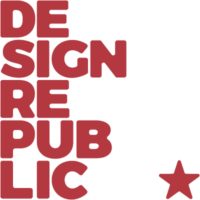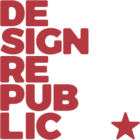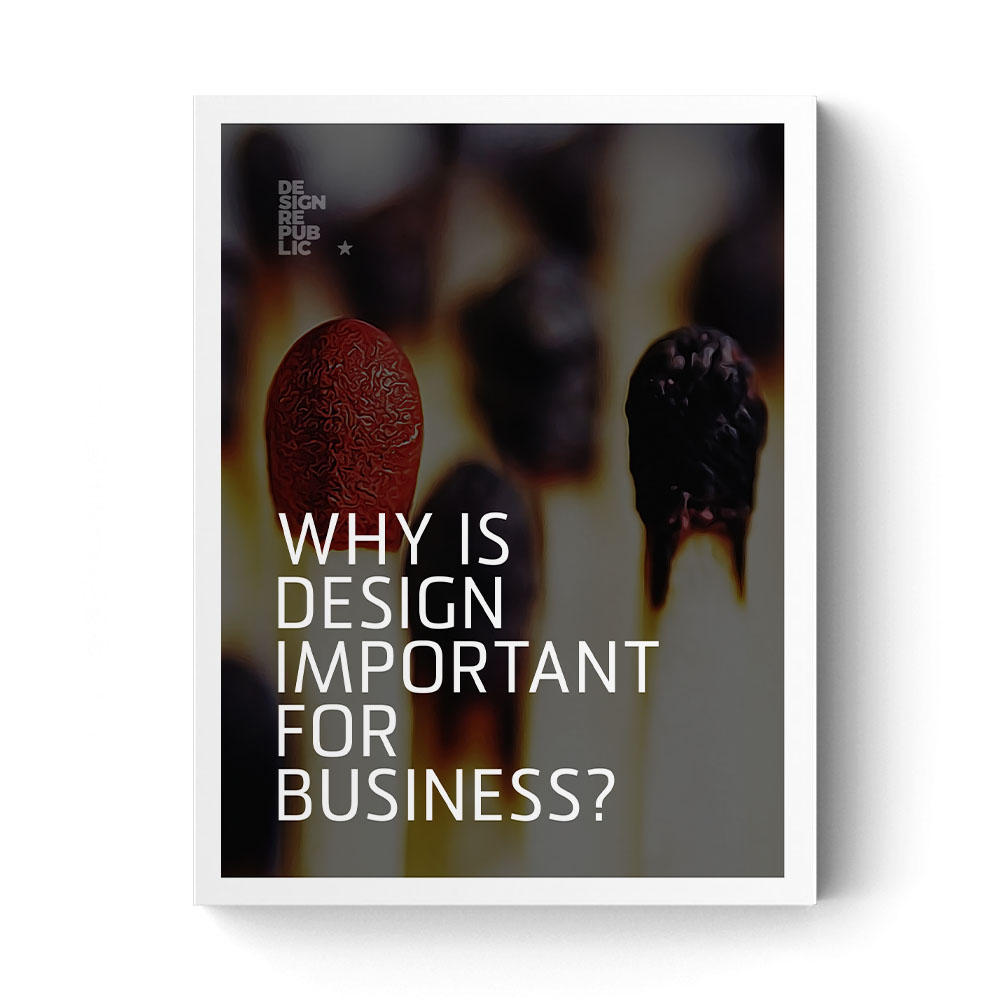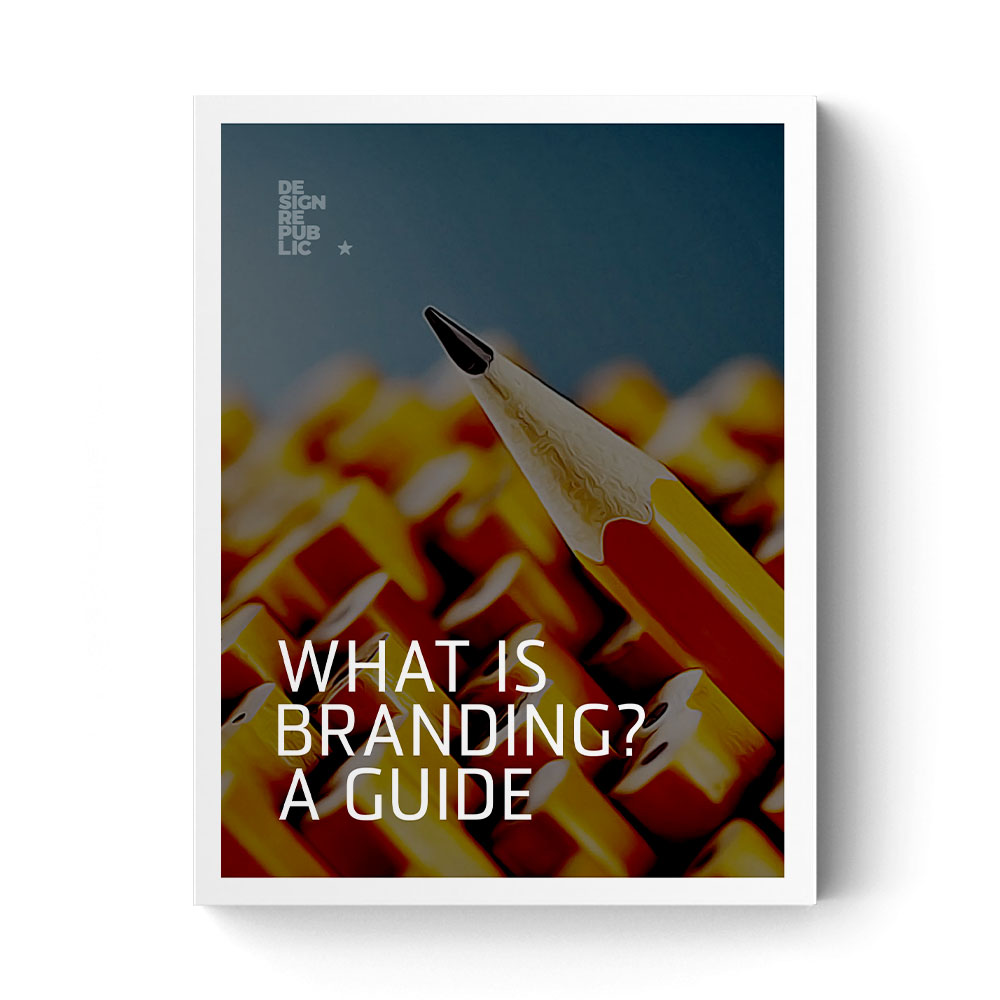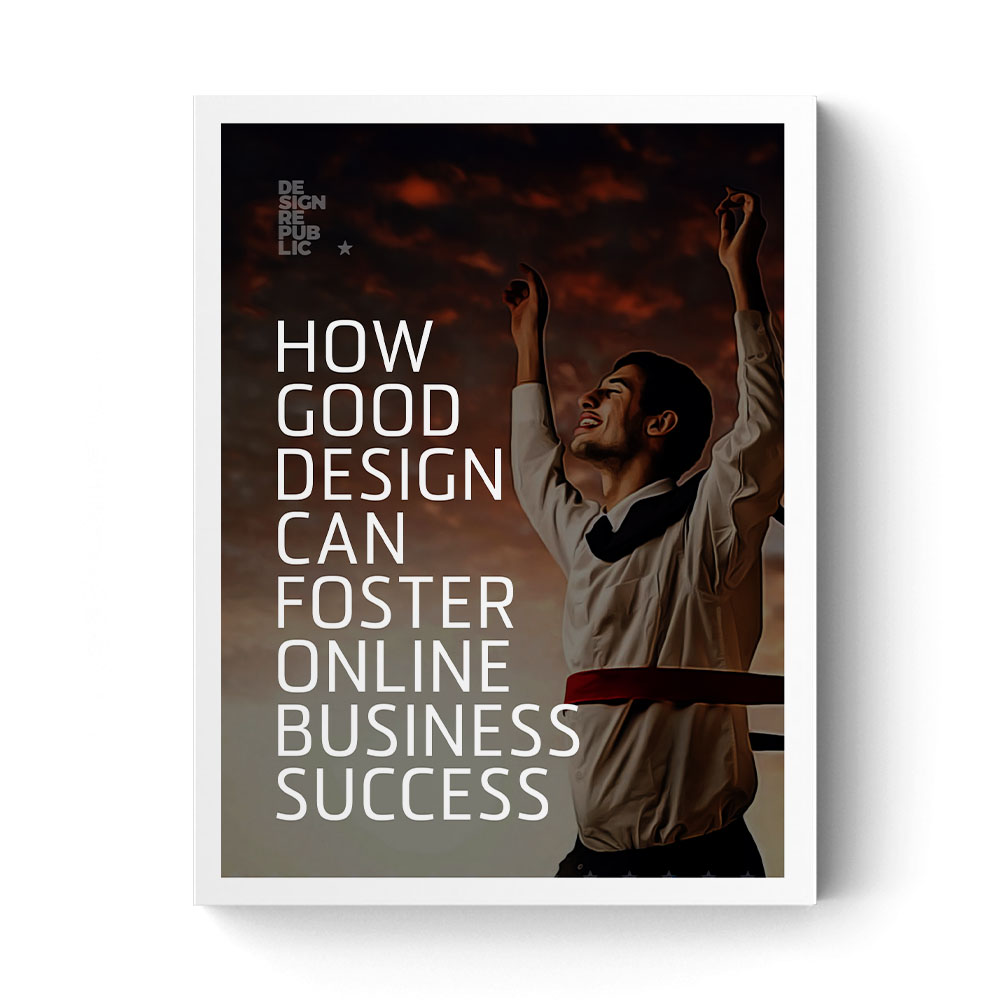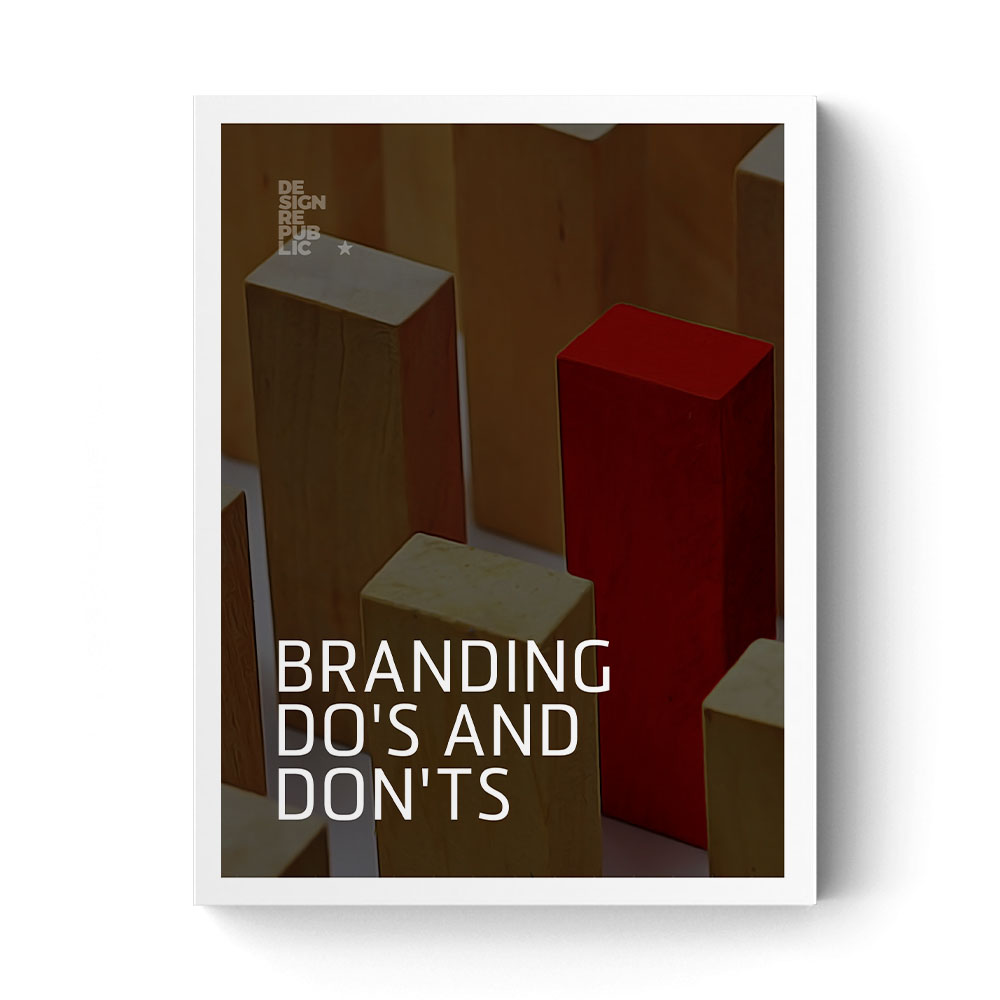branding terms
BRAND
The sum of all the characteristics, tangible and intangible, that make the offer unique.
BRAND ENVIRONMENT
The graphic system of identification as applied to three-dimensional physical space.
BRAND EQUITY
The value of the brand in its holistic sense to its owners as a corporate asset. Brand Essence The distillation of a brands intrinsic characteristics into a succinct core concept.
BRAND EXTENSION
A new product or service that is related to an existing brand, but that offers a different benefit and/or appeals to a different target segment.
BRAND HARMONISATION
The synchronisation of all elements of brand identity, across a line of products or services and/or across geographic markets.
BRAND IDENTITY
The outward manifestation of the essence of a corporate brand, product brand, service brand or branded environment.
BRAND IDENTITY EQUITY
The value of specific elements of identification (e.g., name, symbol or colors) to the brands owners.
BRANDING
The process by which both a brand and brand identity are developed.
BRAND POSITIONING
The specific niche in which the brand defines itself as occupying in the competitive environment. Positioning addresses differentiating brand attributes, user benefits and target segments, singly or in combination.
BRAND REVITALISATION
A major overhaul of a brand, starting with its positioning and proceeding through creative regeneration of the brand identity.
CO-BRAND
Use of two or more strong brands in relation to a common offer. Typically, but not always, the brands are given equal emphasis. Examples: Chevron and McDonalds, Visa and Citibank.
CORPORATE BRAND
The gestalt of the organization, including its philosophy and culture as well as its physical characteristics.
CORPORATE IMAGE
Application of the term image to specific types of offers.
DESCRIPTOR
A term used with a brand name to communicate an informational attribute (e.g., variant, function, occasion or target segment) about a specific offer.
ENDORSEMENT
Use of the parent brand identity to support and add credibility to an allied offer. Implies subordinate emphasis of the parent to a sub-brand, though relative emphasis will vary case-by-case.
IDENTITY
1) The sum of all the characteristics, tangible and intangible, that make the offer unique.
2) The elements of brand identification (e.g., the name, symbol and colors) by which an offer can be identified.
IMAGE
Perceptions of the features, tangible and intangible, that characterise a brand.
INTERACTIVE BRAND
Process of developing Web sites and other interactive products, including strategy development, structural design and graphic design.
LINE EXTENSION
A new variation of a product or service sharing the same essential characteristics as the parent, but offering a new benefit, such as flavour, size, package type, etc.
PARENT BRAND
A strong brand that has the capacity to:
1) stand alone to represent a core product or service;
2) support allied products/services by sharing its brand identity, directly or through endorsement
POSITIONING STATEMENT
A concise written statement of the positioning concept, conveying the essential features of the brand and its niche.
PRODUCT BRAND
1) The gestalt of the brand, including its emotional and cultural associations as well as its physical features.
2) The graphic system of identification as applied to a single product or service or a family of products/services.
SERVICE BRAND
A brand representing a specific service or family of services.
SUB-BRAND
A product or service that has a persona and brand values that separate it from the parent brand. A product or service that has its own brand identity, which is proprietary and can be trademarked.
KNOWLEDGE
